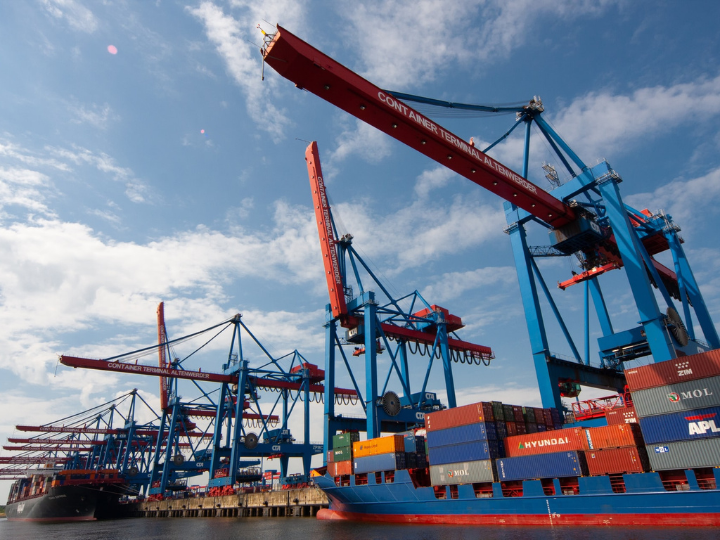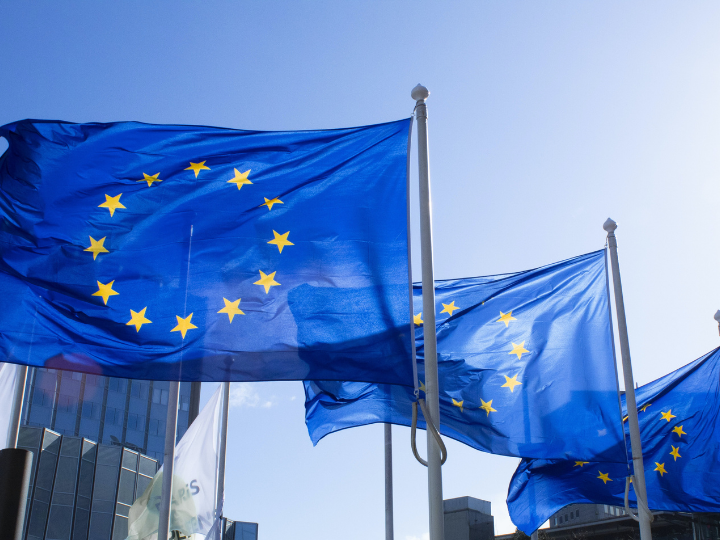by Christoph Gugelmann and Edgard Carneiro Vieira*
Trade constitutes the backbone of every economy and 80-90% of global trade requires financing. Small and medium-sized enterprises (SMEs) account for around 90% of companies and more than half of the jobs worldwide according to the World Bank. It’s often those SMEs that are underserved and lack access to affordable trade finance.
The Asian Development Bank found that SMEs are disproportionately affected by the $1.7 trillion trade finance gap – the difference between the number of applications to finance companies’ participation in international operations and the number of approvals. SMEs account for 40% of such rejections, much higher than their share of applications.
The main problem is that banks are not able to provide all the corporate financing needed. The regulations overseeing bank operations make it expensive for them to lend to companies. Incoming rules, known as “Basel IV”, further exacerbate this trend. Banks are therefore increasingly interested to move from a “buy-and-hold” strategy to an “originate-and-distribute” model. An increase of bank balance sheet turn-over allows for more margin income that can then offset increased capital cost.
Institutional investors on the other hand are in search of yields above comparable benchmarks. The good news is that trade finance can be such an asset class. Indeed, investors have been interested for some time to access the asset class as it regularly pays above the risk commensurate yield level.
Expanding access to trade finance
Trade finance therefore has all the components that investors look for. It is a multi-trillion dollar asset class based on the flow of physical goods and services, making it less susceptible to financial market volatility. Default rates for trade finance products are generally lower and the time to recovery in case of default tends to be shorter than for other credit products.
But why is it that trade finance is the only asset class that doesn’t get distributed from banks’ balance sheets? Institutional investors had access to repackaged mortgages, credit cards, car loans and student debt for decades, while even today, trade finance distribution volumes are still very low.
The lack of digitization and automation so far made any distribution effort too costly for this low-risk and low yielding asset class. The opportunity, therefore, has largely been untapped because of high costs. Operational costs are particularly high because of the asset granularity and the short instrument tenors. Capital markets participation further has been limited due to the need for repackaging of portfolio risk and the extensive reporting requirements. Digitization, workflow automation and programmatic repackaging can now reduce those friction costs and provide efficient access to trade finance.
Although a higher Net Interest Income (NII) for banks and access to an attractive new asset class for institutional investors are key targets, the ultimate beneficiaries will be SMEs through more affordable liquidity. Below is what is needed to make it possible.
1. Improve technology literacy and collaboration
New technologies are revolutionizing trade and this is particularly true in the trade finance field. The infrastructure now exists to enable end-to-end straight-through-processing of hundreds of thousands of instruments in a low-cost way. This is equipping asset managers with direct access to trade finance assets, enabling alternative investors to channel more capital into the market.
Blockchain technology-based Security Token Offerings (STOs) can provide an efficient alternative to the repackaging of revolving trade finance pools into notes, issued by Special Purpose Entities (SPEs). Smart contracts allow any trading pair to settle tokens while eliminating any counterparty risk. Tokens also facilitate fractional ownership and therefore can truly democratise access to trade finance.
The first of such transactions has been successfully concluded with the Tradeteq distribution technology and the blockchain platform provided by the XDC network. This breakthrough taps into investors’ appetite for investing in tokenized assets, including those related to SMEs operations. It assembles receivables and provides a fast and secure way for asset managers to track the related trade transactions. As a result, SMEs with trade instruments linked to those funds will have access to the capital they need to finance routine activities much faster than they would traditionally.
One form of collaboration that is crucial for this innovation to thrive is the one between asset managers and the developers of these new technologies. Many asset managers still rely on traditional pools of investments and, due to lack of awareness of new innovations, might miss the opportunity of investing in this new asset class.
One first step to bridge this gap is to foster a cross-industry dialogue. The TFD initiative, for example, brings the trade and institutional investors communities together to exchange ideas on the challenges and opportunities of the distribution market. Such collaborations are essential going forward, helping to increase education, trust and reach among more members in both communities.
2. Avoid regulatory uncertainties through frontier regulation
The flow of money for this real economy-based asset class would also hugely benefit from further regulatory developments. A joint report by the World Economic Forum and the World Trade Organization found that the global legal recognition of electronic transactions and documents is a key enabler of the adoption of trade technologies.
The report shows that there is no standard definition of what a token is and that the differences among regulations might create uncertainties. Future regulations must clearly distinguish between unregulated utility tokens and regulated security token offerings or stablecoin offerings. The security token offerings will only take-off if tokens can be traded on regulated exchanges. Draft legislation is available for some markets but more clarity and harmonisation is required.
The drafting of any new regulations would benefit from public-private cooperation. In particular, the private sector could help regulators understand the opportunities and challenges of these frontier technologies and make sure new regulations make the most of the opportunities that come with them.
3. Make sure the trade finance is targeted to ESG activities
Investors are increasingly looking at making their portfolios compatible with and supportive of environmental, social, and corporate governance (ESG) commitments. Even narrower definitions of ESG funds find that they now stand at around $2 trillion and that the value continues to grow fast. This trend, alongside new regulation on ESG disclosure, encourages trade finance-related funds to ensure that the underlying trade instruments being financed are related to green and socially responsible activities.
Initial attempts have been made. Incomlend Capital, for example, has launched an ESG invoice financing programme that aims to raise $500 million. As these attempts are at the initial stage, further public-private work is needed to connect the trade finance community with ESG industry experts and regulators.
New technology, with capital markets infrastructure and tokenization as good examples, is matching investors’ thirst for secure and reliable asset classes with the needs of SMEs and their drive to join international markets. Through collaboration, technical innovation and consideration of societal and environmental aspects, investors can play a more active role in trade finance – not only to build a profitable portfolio of assets but also to contribute directly to bridging the trade finance gap and enabling future economic growth.
*Founder & Chief Executive Officer, Tradeteq and Community Engagement Specialist, World Economic Forum
**first published in: www.weforum.org




 By: N. Peter Kramer
By: N. Peter Kramer

